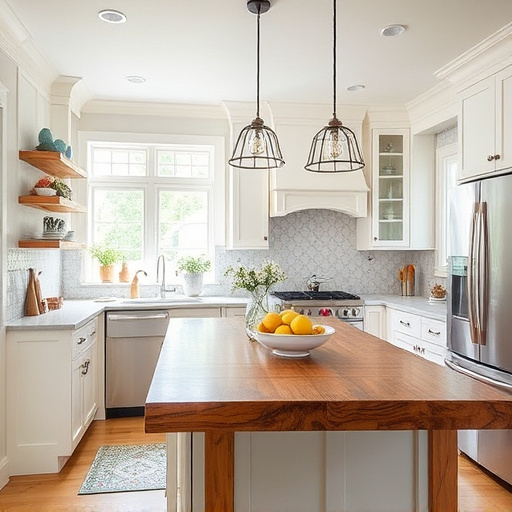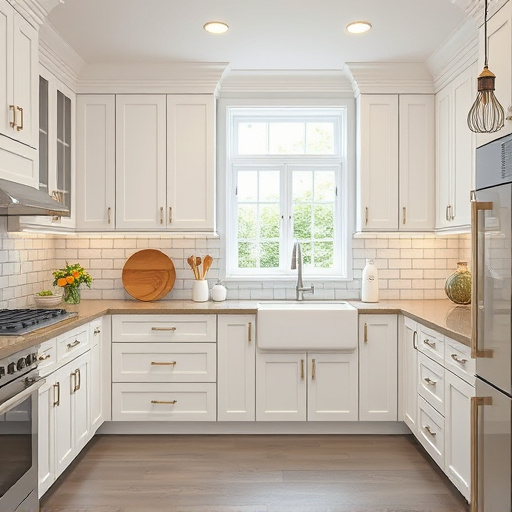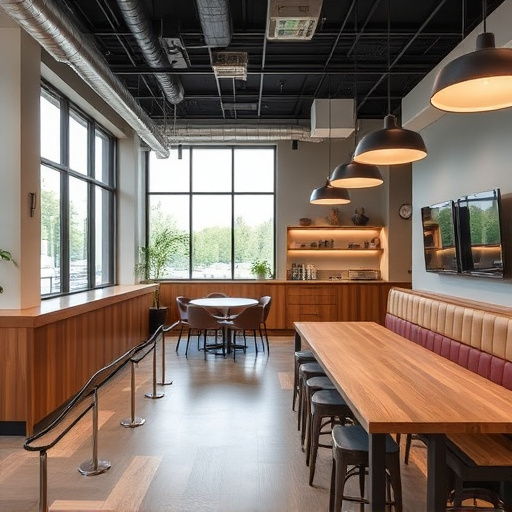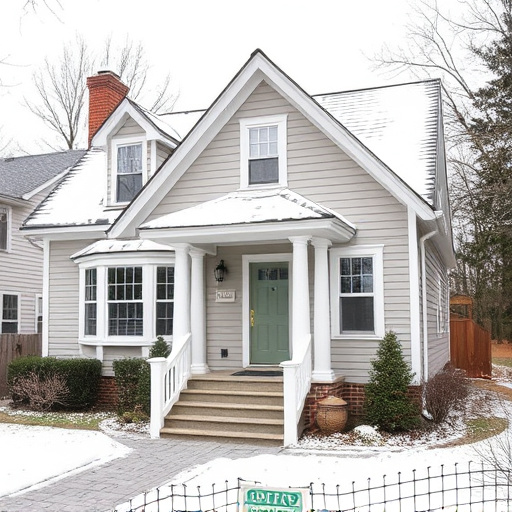Building custom homes involves multiple stages: conceptualization through design, construction (including framing, electrical, plumbing), interior and exterior finishing, and room remodeling. Phasing construction, setting milestones, regularly monitoring progress, and managing critical paths are crucial for on-time completion. Effective communication and timely adjustments ensure the project meets high standards and stays within the agreed timeline.
Building your dream custom home is an exciting journey, but managing timelines can be challenging. This guide offers practical insights on navigating the construction process for your bespoke abode. From understanding crucial phases like design, permitting, and actual building, we’ll show you how to create a realistic timeline. Learn strategies for staying on track, including effective monitoring and making necessary adjustments. By mastering these steps, you’ll ensure your custom home’s completion aligns with your vision and timeline.
- Understanding Custom Home Construction Phases
- Creating a Realistic Project Timeline
- Staying On Track: Monitoring and Adjustments
Understanding Custom Home Construction Phases
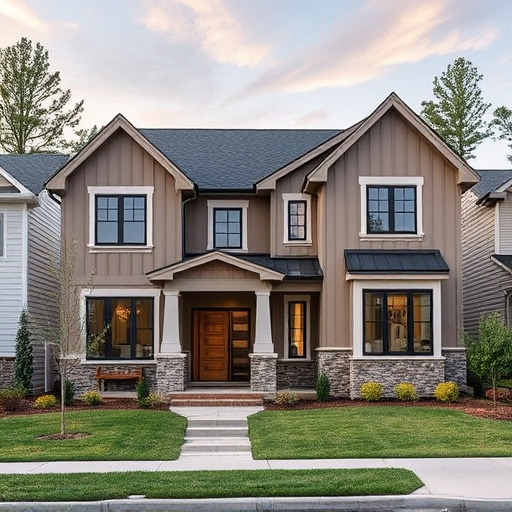
Custom home construction is a complex process that involves several distinct phases. It starts with the initial consultation and design, where homeowners work closely with architects and designers to envision their dream home. This stage sets the foundation for the entire project, including floor plans, material choices, and aesthetic details. Once the design is finalized, the construction phase begins, typically involving multiple contractors specialized in different aspects like framing, electrical work, plumbing, and roofing.
As the project progresses, other essential components come into play, such as interior finishing, exterior painting, and multiple room remodel to create a comfortable living space. Home improvement services also contribute significantly, ensuring that every detail meets the homeowner’s expectations. Effective project management is crucial to maintaining timelines and budgets, coordinating contractors, and addressing any unforeseen challenges that may arise during this intricate process.
Creating a Realistic Project Timeline
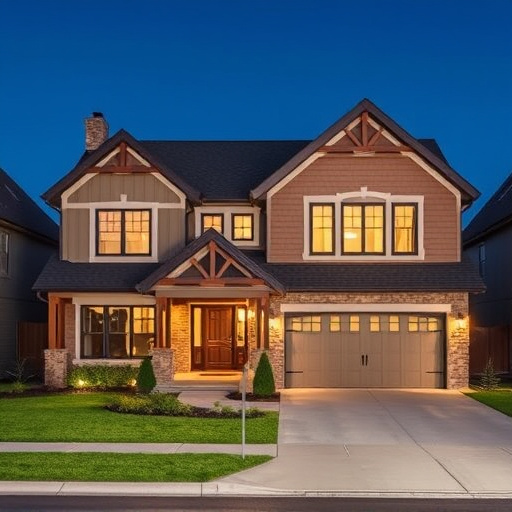
Creating a realistic project timeline is an essential step in ensuring your custom home’s completion stays on track. Start by breaking down the entire construction process into manageable phases, from design and planning to foundation laying, framing, interior finishing, and finally, exterior touches like painting and landscaping. Each phase has its own set of tasks and dependencies, so it’s crucial to allocate adequate time for each, taking into account potential delays due to weather conditions or material availability.
Remember that a timeline isn’t just about setting dates; it’s also about defining milestones. Mark significant checkpoints like architectural plans approval, electrical wiring inspection, floor replacements (if applicable), and the final walk-through. These markers not only keep you organized but also help in managing expectations with all involved parties—from contractors to clients—ensuring your custom home project stays on schedule and meets the high standards you’ve set for yourself.
Staying On Track: Monitoring and Adjustments
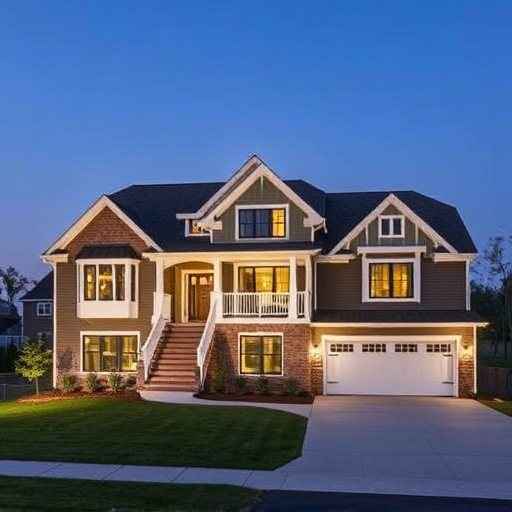
Staying on track is paramount when managing the timeline for custom homes completion. Regular monitoring of progress ensures that every phase—from foundation to finish—meets the scheduled milestones. This involves frequent site visits, detailed record-keeping, and meticulous planning. By comparing actual progress against the initial timeline, you can quickly identify any deviations and take necessary adjustments. For instance, if exterior painting lags behind schedule due to unforeseen weather conditions, realigning other tasks to compensate ensures the overall project stays on course.
Similarly, keeping an eye on critical paths—like kitchen and bath installations—is essential. These elements often serve as milestones within the broader construction timeline. Delays here can ripple through the entire project. Regular communication with your team and subcontractors helps pinpoint potential bottlenecks early. Making timely adjustments, whether it’s expediting certain tasks or adding resources to challenging areas like home additions, ensures your custom home is completed according to the agreed-upon schedule.
Managing the timeline for custom home completion is an art that combines meticulous planning, flexibility, and constant monitoring. By understanding the construction phases, setting a realistic timeline, and staying proactive in adjustments, homeowners can ensure their dream custom homes are realized on time and within budget. This strategic approach to project management not only reduces stress but also guarantees a seamless and rewarding experience throughout the building process.








